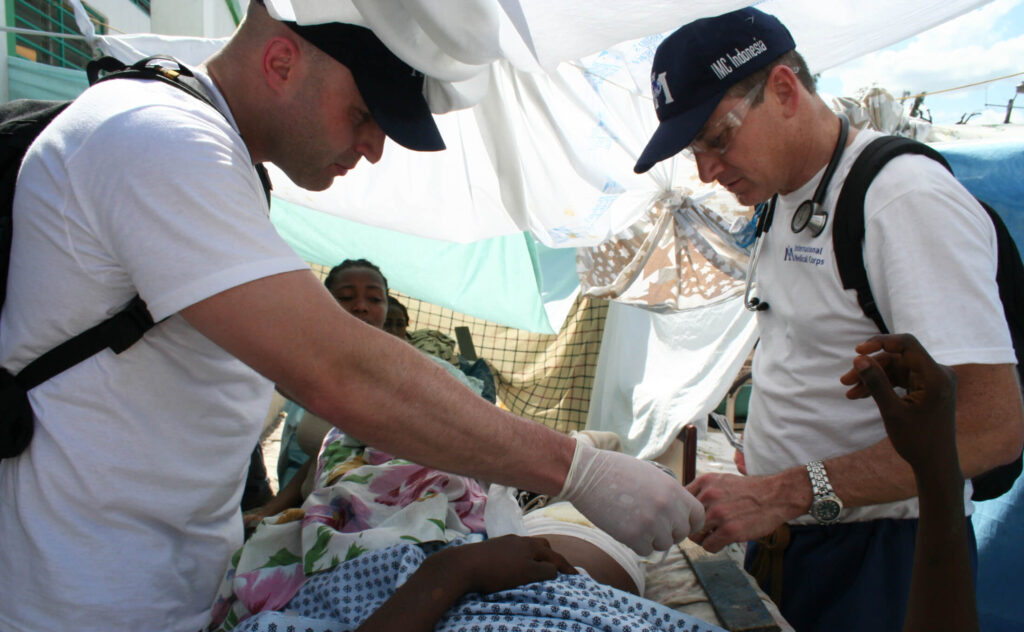When he landed in Indonesia in 2004, Dr. Rob Fuller was already a seasoned first responder—but that didn’t make his first deployment with International Medical Corps any less memorable. Indonesia had been devastated by a tsunami, triggered by a powerful earthquake in the Indian Ocean. Our team of volunteers and staff was sent to a local hospital, where Dr. Fuller met someone whose resilience has stayed with him.
“He was a local hospital administrator,” Dr. Fuller explains from his office at the University of Connecticut, where he is a clinician and professor. “He had been travelling when the tsunami hit and raced back to the hospital to help. He lost family and close friends in the disaster—but there he was, at work. At one point, he came up to me, grabbed my shoulders and thanked me. I couldn’t believe it. Why was he thanking me? Here he is, working amid all this personal loss. He was the real hero. The resilience you see from people in disasters is remarkable.”
In addition to treating patients, teaching medical students and mentoring residents at UConn, Dr. Fuller currently serves as the Chair of the Department of Emergency Medicine. He is stepping down from his position as Chair in the hope that he will be able to deploy to emergencies more often—a hope that closely aligns with his character and career thus far.
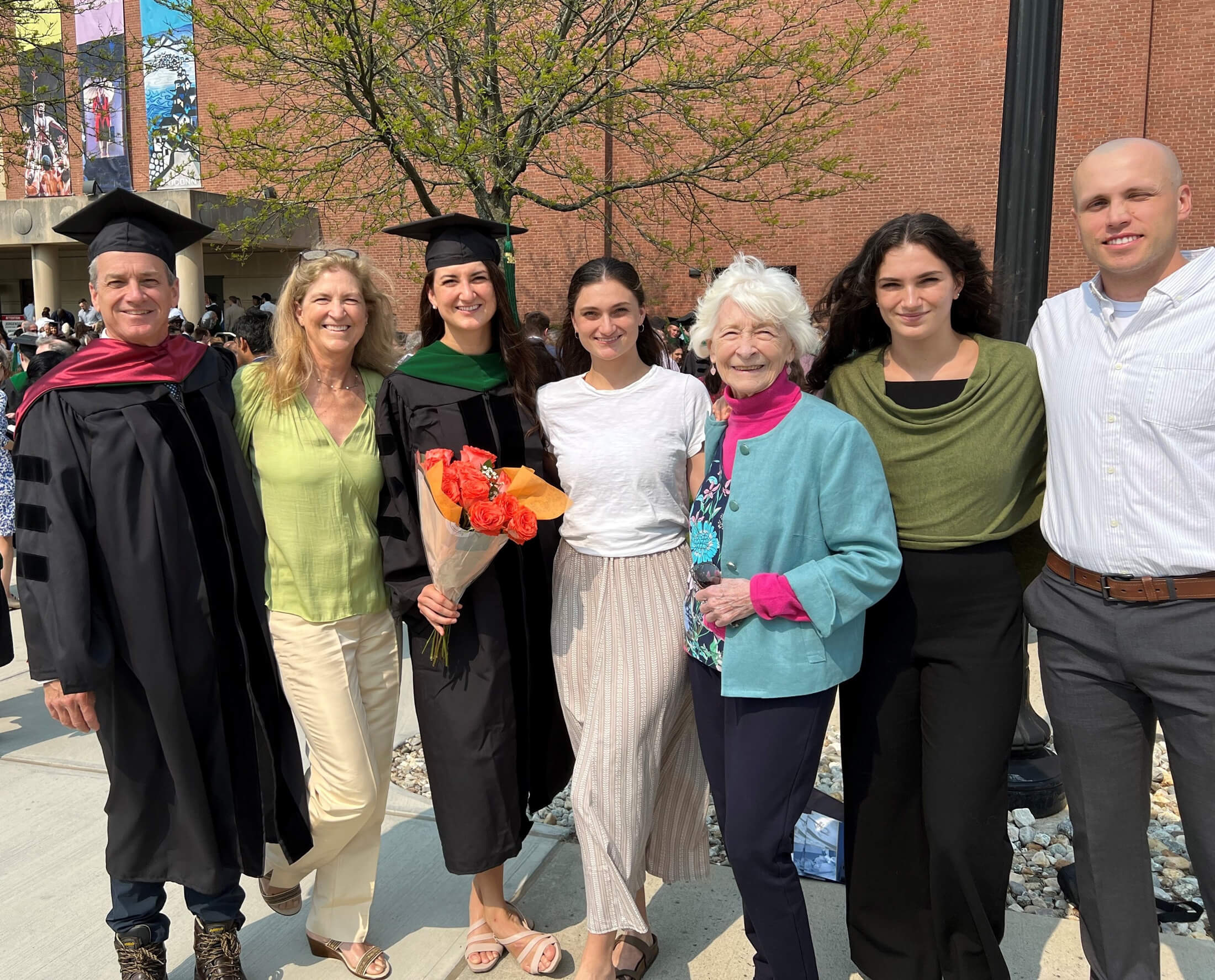
“I Liked Helping People”
Robert Fuller grew up in southeastern Massachusetts, the second of five children. His parents pursued their higher education later in life, while his younger siblings were in high school.
“My parents were working, going to school and raising five children, all at the same time,” he reflects. “My dad always emphasised that we needed to get a degree. The four years were going to pass either way; you might as well get a degree in that time. And for some reason—I don’t know why—when I was very young, I told my mom that I wanted to be a doctor. And I never got off that track.”
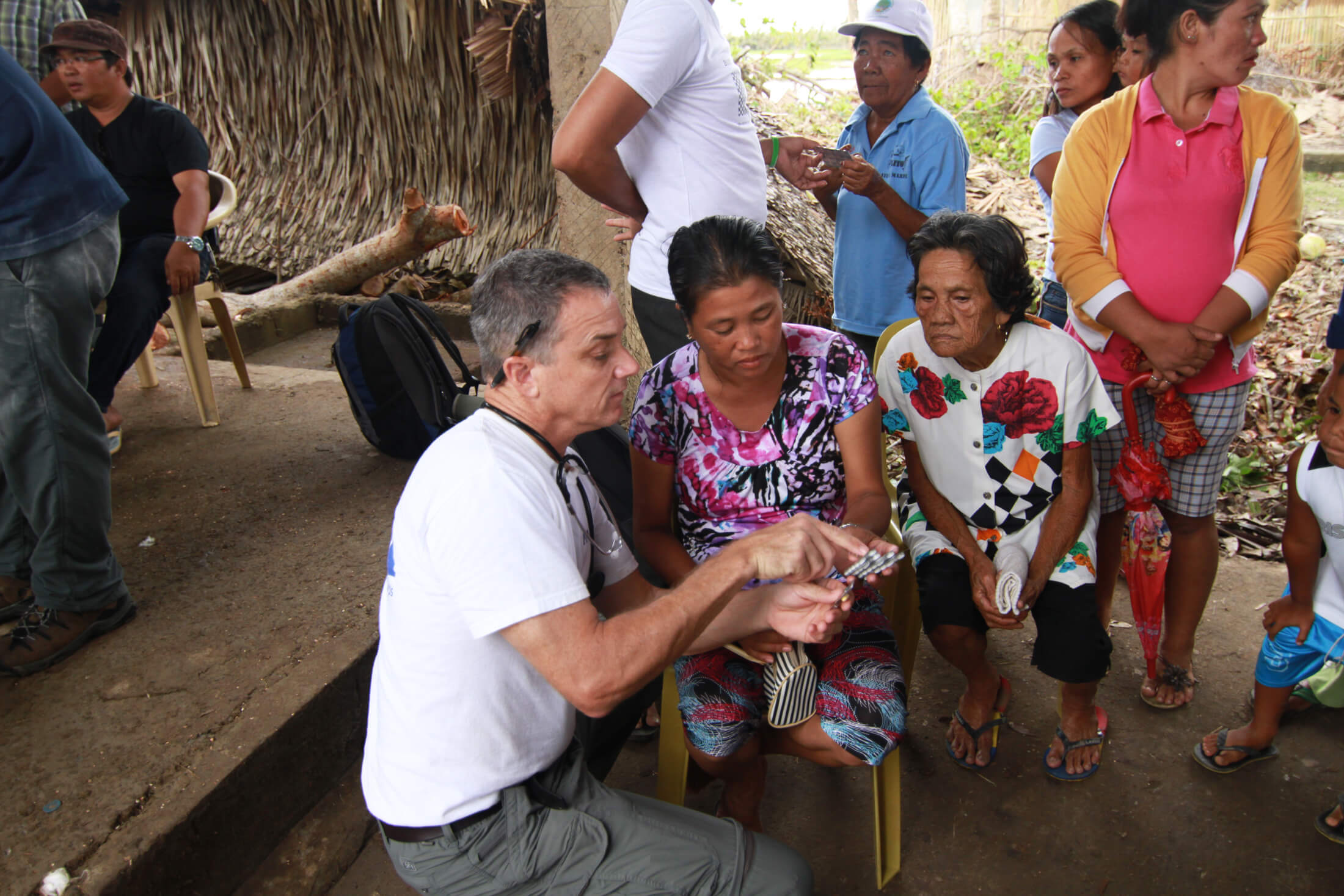
Dr. Fuller majored in biochemistry at the University of Massachusetts, where he also became a licensed emergency medical technician (EMT), working summers and winter breaks in Brockton, Massachusetts.
“I got to see injured patients and take care of people,” Dr. Fuller explains. “And it was really satisfying to me. I liked helping people and being around other people, like doctors and nurses and EMTs, who felt the same way.”
He went on to the Loyola University Stritch School of Medicine and completed his residency in emergency medicine at the University of Minnesota before joining the University of Connecticut, where he began to explore disaster response and the role of emergency medicine in it.
“I was the medical director for emergency medical services, which meant coordinating with paramedics and firefighters who responded to local emergencies,” he explains. “We formed a group of first responders—firefighters, police officers, paramedics and doctors—to do special-operations training, where we learned how to rescue people in complicated environments.”
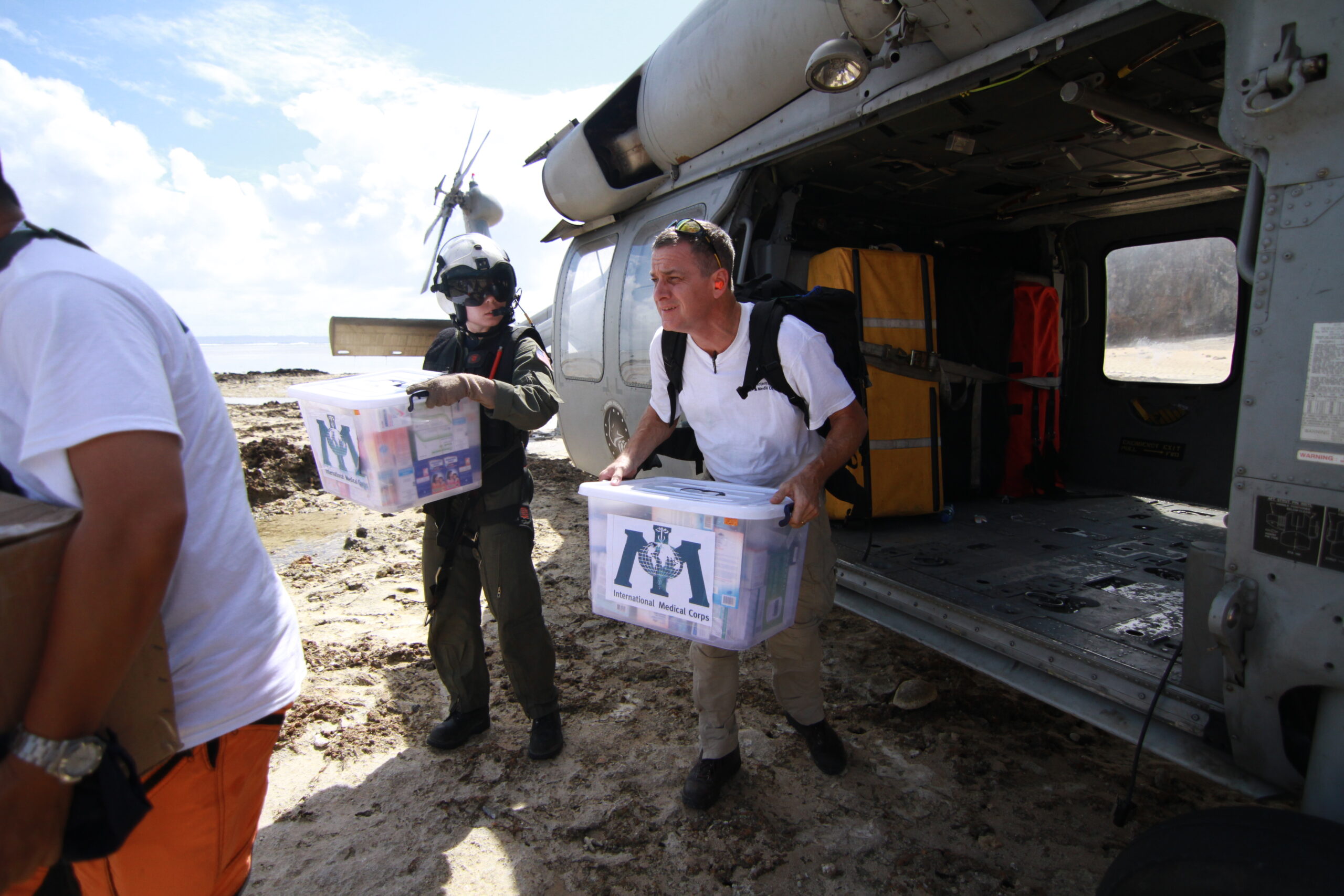
“We trained with SWAT teams, where they would simulate environments with various security issues. We blocked a street, took a manhole cover off and pretended there was a person who had fallen and was trapped at the bottom, in the sewers. I had a harness on. They lowered me down, head-first, and I performed a small, mock surgery.”
Stepping Up After 9/11
This training would be utilised during one of the greatest tragedies in American history. On September 11, 2001, Dr. Fuller and several members of the team were called to the World Trade Center, a mere two hours from the Connecticut hospital where they worked.
“We took a fire truck and a van, loaded it up with gear and headed to Ground Zero. When we got there, it was dusty, dirty and pitch-black, because the sky was filled with smoke. It was hot, because there was fire beneath the rubble. The Fire Department Chief we were working with was a brilliant strategist. He knew where to place us, the healthcare workers, where we could be of the most use—treating patients as part of a care team. We also participated in the rescue of someone trapped in the rubble. We worked for the next 36 hours until it was clear that most of the survivors had been rescued, treated and transported to hospitals.”
Since then, Dr. Fuller has continued to volunteer at home and abroad. With International Medical Corps, he has deployed to the Bahamas, Ecuador, Haiti, Indonesia, Myanmar, Puerto Rico and the Philippines. He also provided emergency response training to volunteers and staff in the US and helped to develop our field hospital.
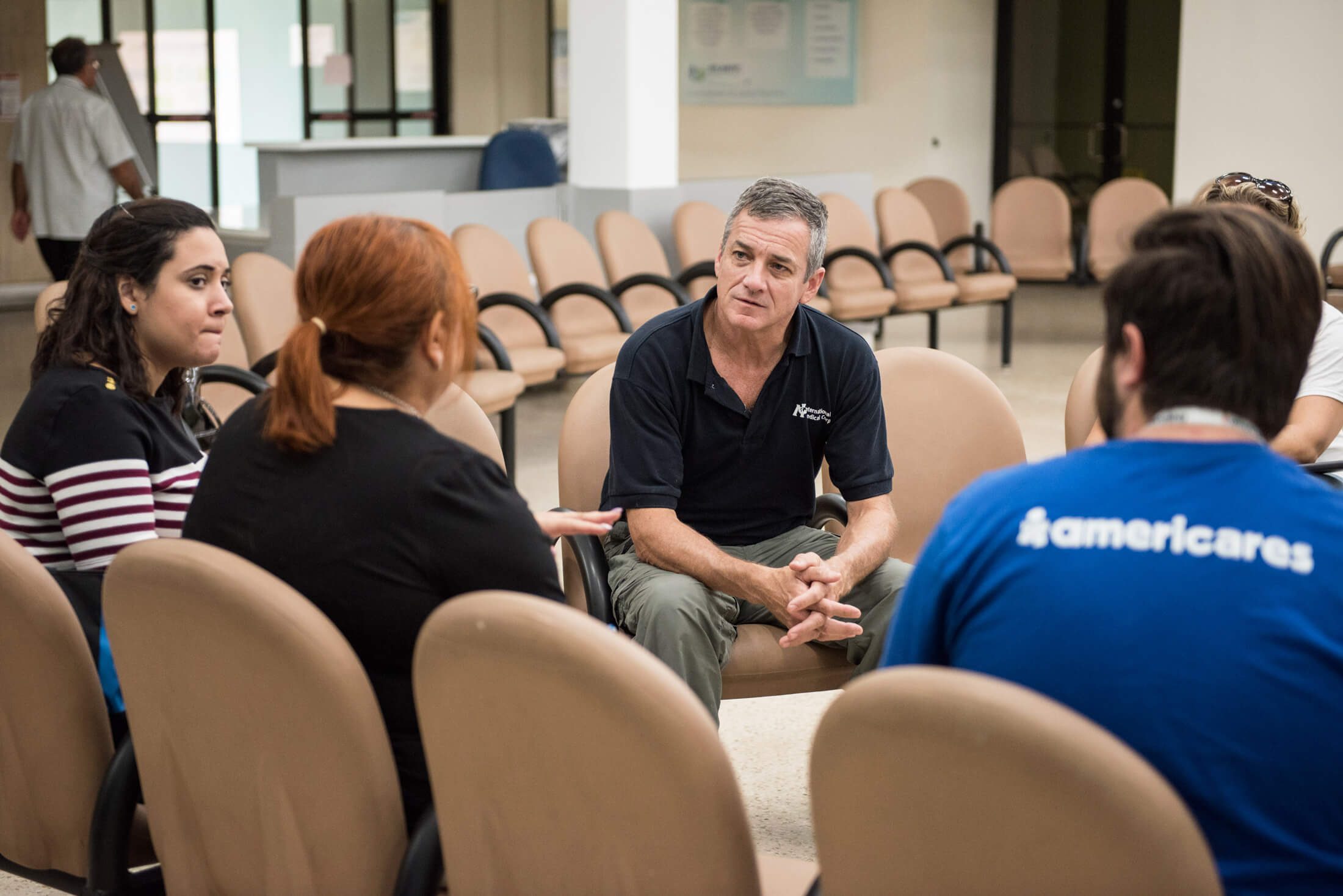
When asked if he had any advice for someone who was interested in volunteering with International Medical Corps, he emphasised that it may not always be what you expect.
“Be prepared to do something as simple as carrying boxes and not to use your medical skills to their maximum capacity. Neurosurgeons are amazing, but if you volunteer in an emergency, you probably won’t land in the country and start doing surgeries. You might do wound care or help set up a medical tent. I like to say, ‘Where you are is where you start.’ Wherever you are, start there. Look around. See what needs to be done. Ask how you can help. And utilise the tools you have in front of you.”
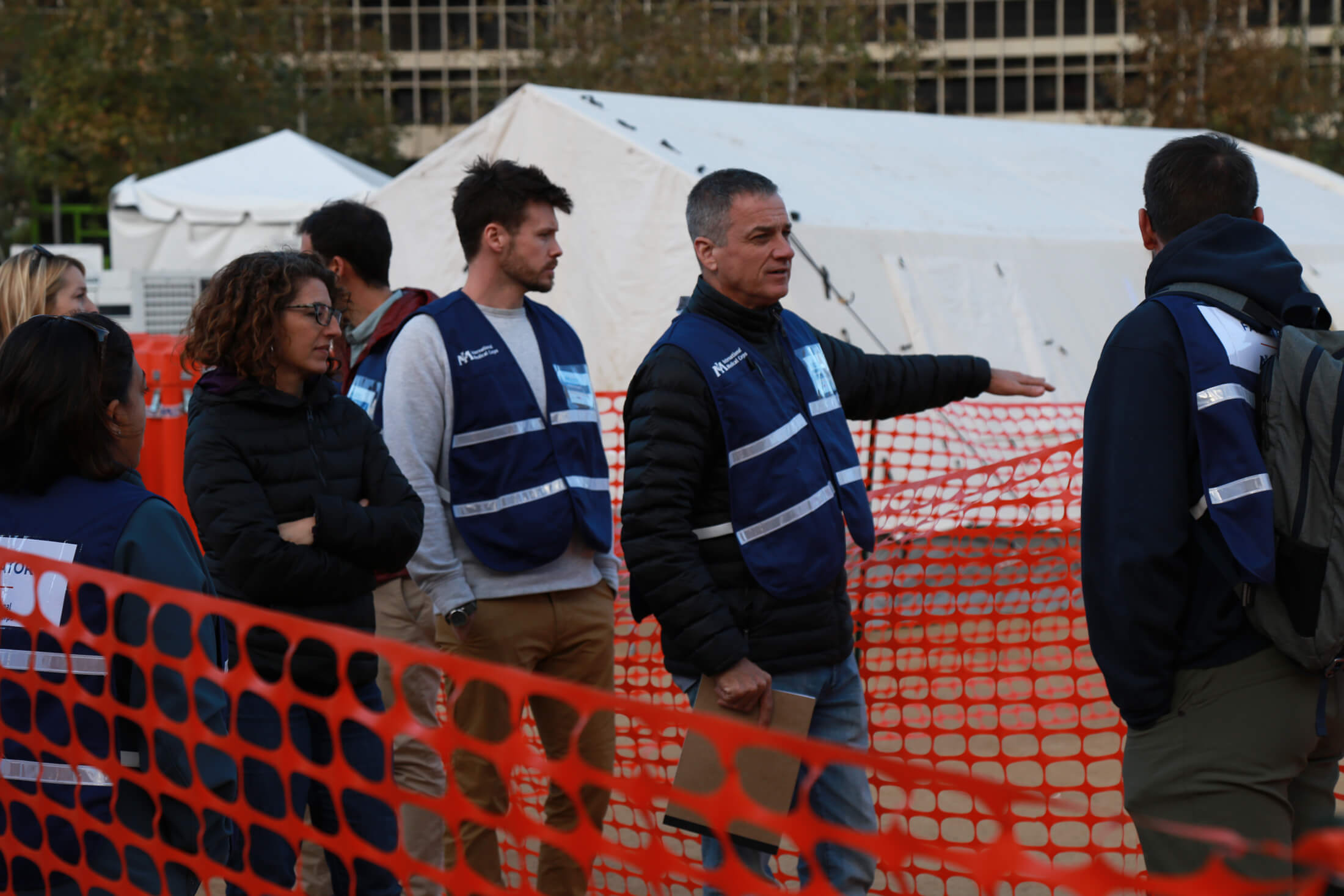
That may be carrying boxes. It also may mean performing a complicated medical procedure in a low-resource environment, in sweltering heat and without the tools a clinician may be used to.
For example, when Dr. Fuller was leading an emergency response team in Haiti a few years ago, they faced a challenge where they had to improvise to save a two-week-old infant’s life.
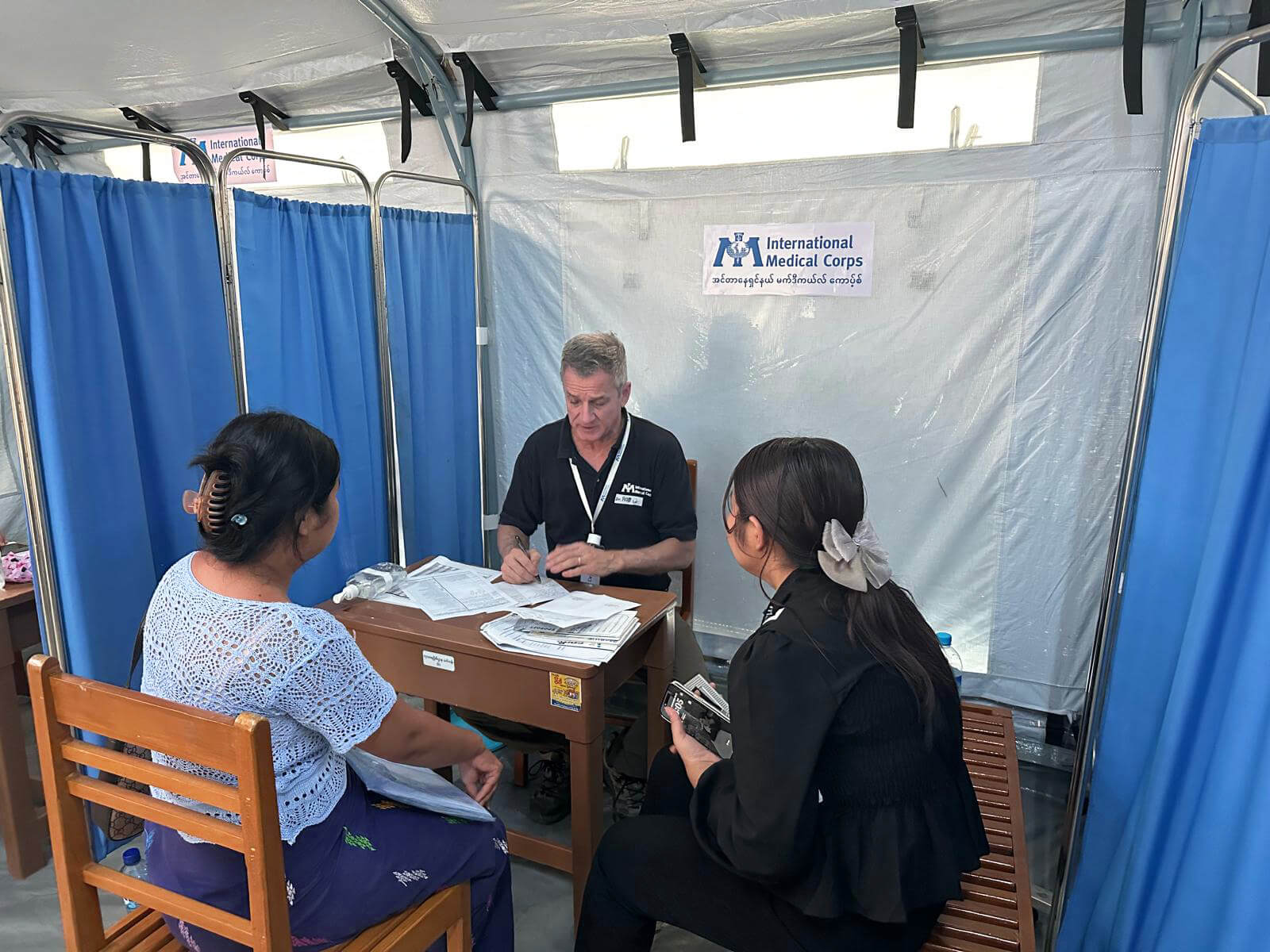
“I’ve found that the degree to which you’re able to ignore all the nuisance things—the heat, hunger, thirst—is directly tied to how sick the person is in front of you. My needs go away when there’s a sick person I need to help.”
With his extensive knowledge and experience, Dr. Fuller could work with any organisation. Yet he chooses to volunteer with us.
“I only deploy to disasters with International Medical Corps,” he says. “You don’t have an agenda. You’re there to help people, and you ask for nothing in return. That’s easier on my soul. You work hand-in-hand with the community to ensure they have the resources and skills to move forward after the crisis. And you take care of the volunteers, too, making sure we have what we need. You’re there for every part of the response, every step of the way.”
